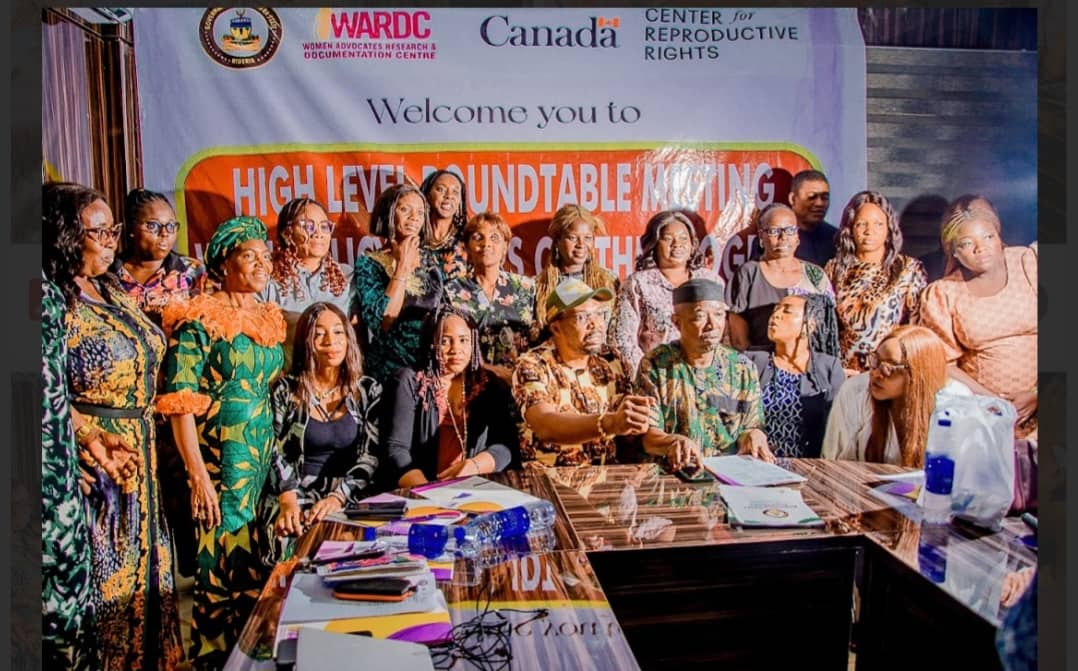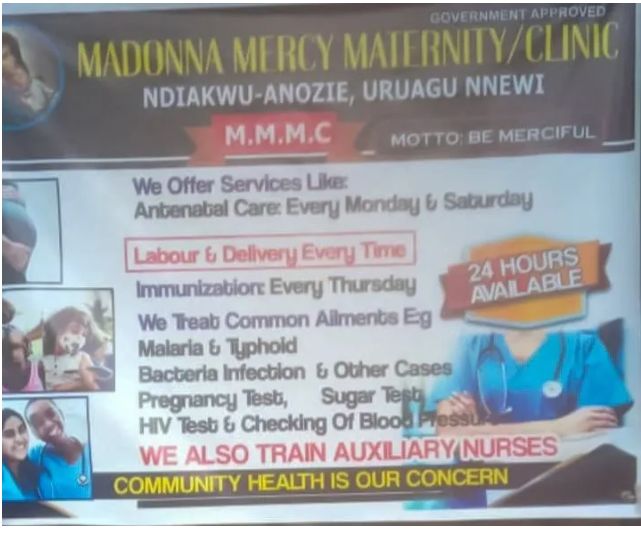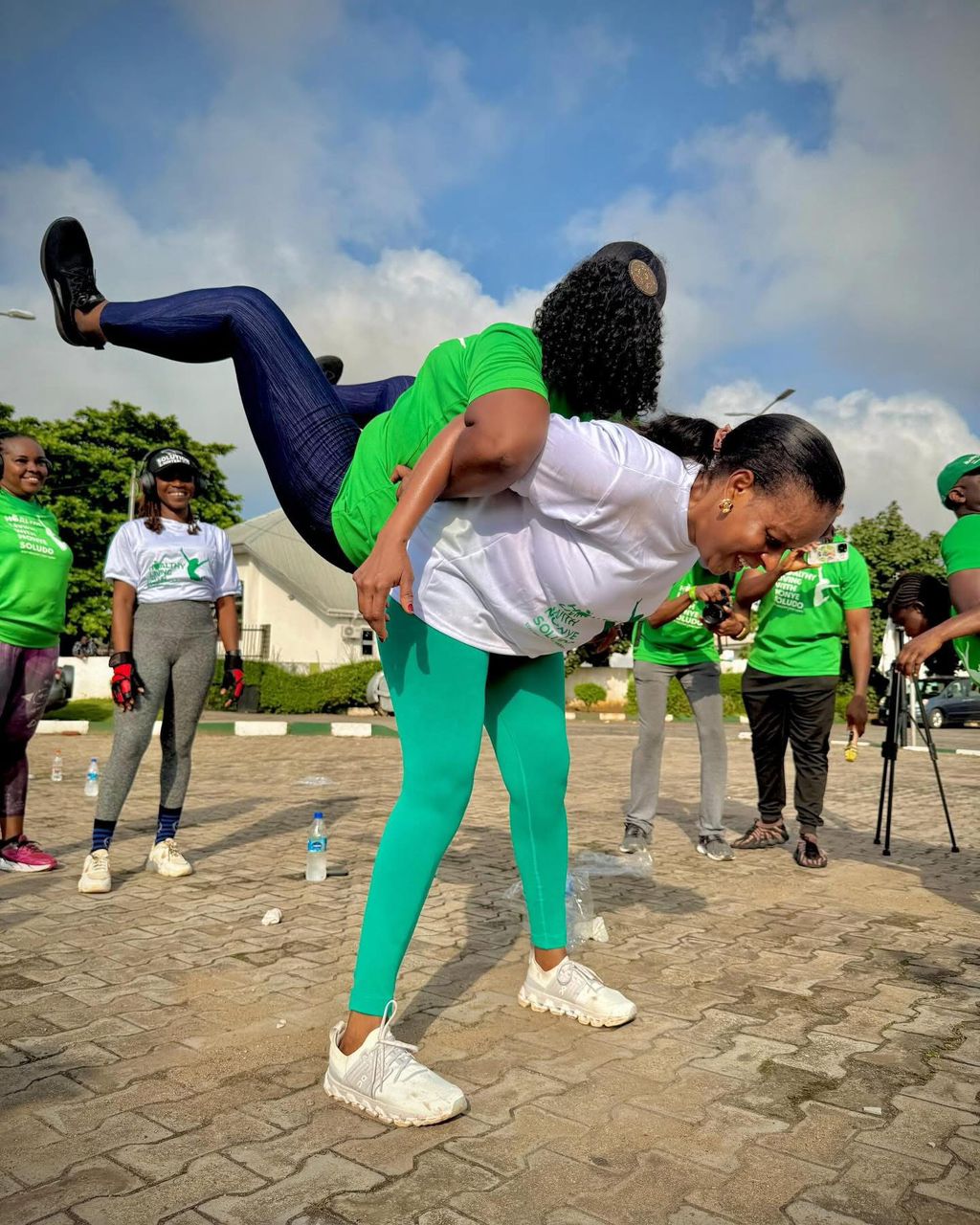Chinedum Elekwachi
Policy makers have stressed the need for collaboration among major healthcare stakeholders towards strengthening Sexual and Reproductive Health and Rights, SRHR, for women and adolescent girls in Anambra State.
The policy makers made the call at a one-day high level roundtable meeting on the progress of SRHR 2020-2025 in Anambra State and to enhance accountability at both state and federal levels for access to SRHR services.
The program was organized by the Women Advocates Research and Documentation Centre (WARDC) under the project ‘Changing the Law, Changing Lives,’ supported by Global Affairs Canada (GAC) and the Center for Reproductive Rights (CRR) in partnership with State Ministry of Health.
WARDC Founding Director, Dr. Abiola Akiyode-Afolabi said the program was to review the findings of SRHR exploratory research, reflect on progress made, identify gaps and develop action plan for the future.
Akiyode-Afolabi, represented by Jennifer Nwokedike also noted that the engagement was to ensure effective implementation of the STOP Guideline through stronger legal frameworks, including the passage of a law.
According to her, the meeting looks to expand awareness on SRHR among adolescent girls through social media campaigns, community platforms, and learning hubs, and build advocacy that supports ongoing SRHR litigation in Nigeria.
Awareness promotion
“The meeting is focused on promoting awareness and accountability in the implementation of SRHR policies and programs, across seven states namely, Gombe, Jigawa, Akwa Ibom, Ogun, Osun, Lagos, and Anambra.
“The ultimate goal is to reduce maternal mortality, expand access to quality SRHR services, and guarantee that the rights of women and girls are respected, protected, and fulfilled,” she posited.
Commissioner for Health, Dr Afam Obidike commended the initiative targeted at seeking multi-stakeholder approach towards reinforcing SRHR in the state.
He however described the move as a collective responsibility which required Civil Society Organizations’ partnership to give live to the numerous legislations the state had passed to protect SRHR of women and girls.
“The administration of Chukwuma Soludo has taken giant strides to reduce maternal mortality in the state, some of which included the launch of the Patients’ Bill of Rights, PBoR, the introduction of free antenatal and delivery services in all public health facilities, introduction of free Cervical Cancer vaccines among others.
Challenges persist
The Commissioner said the government acknowledges that there are challenges still and will begin to look at the issues raised, with a view to finding the solutions to them.
“We agree that every sexually-active woman should be allowed access to the sexual and reproductive health rights, the options available, so that she can make the right choice about her health and body,” he said.
Also speaking, Director, Public Health Dr Afam Anaeme quipped, “there is a lot of hope for the women.
“This meeting shows that stakeholders such as the WARDC and GAC are beginning to take interest in strengthening the reproductive health of women.”
State Coordinator, Society of Gynaecology and Obstetrics of Nigeria (SOGON), Prof Ifeanyi Ezebialu expressed the group’s commitment to bettering health of women, and protecting their rights.
He also promised to provide women the highest possible physical, mental and reproductive healthcare, to ensure positive outcomes and reduce maternal morbidity and mortality in the country.
“Anambra would be model for other states to learn from in SRHR if key findings from different groups who had gone into different parts of the state to identify the gaps in providing SRHR to women were addressed,” she added.
Regular review meetings
State Coordinator of WARDC, Eucheria Onyemobi emphasized the importance of such review meetings, stressing the need for such meetings to be held regularly, to evaluate interventions and maximize impact.
The meeting brought together policy makers including government representatives, healthcare professionals, civil society partners, observatory groups, academia, the media and development partners.
The stakeholders resolved to step down the meeting, deepen sensitization on SRHR, harmonize efforts between CSOs and the government to be able to reach the people at the grassroots.
They also reaffirmed commitment to adequate inclusion of the disability community in the SRHR sensitization efforts among others.





